
The Best Time to Take Vitamins for Maximum Absorption and Benefits
Learn how syncing your vitamin intake with meals and your daily schedule can improve nutrient absorption and boost your health
Bugs invading your home can quickly turn from a minor nuisance into a major headache. While chemical repellents work, many people prefer safer, eco-friendly solutions. Fortunately, nature offers a variety of plants that naturally deter insects, making them excellent allies in your battle against mosquitoes, flies, ants, and more. These plants not only keep bugs at bay but also enhance your indoor and outdoor spaces with their greenery and fragrance.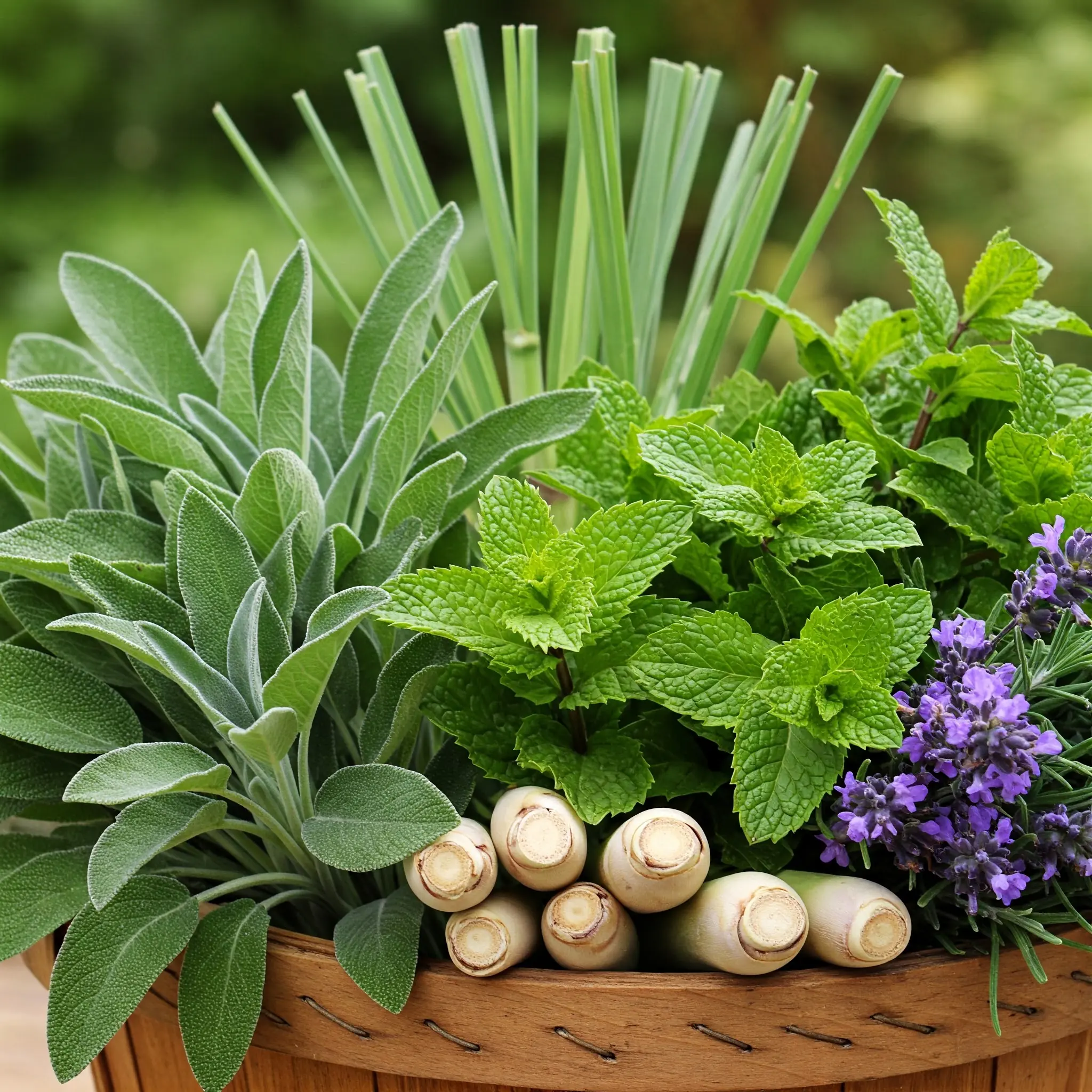
In this article, we explore some of the most effective, low-maintenance plants that can help you maintain a bug-free environment. We also share practical tips on how to use them for maximum effect, plus extra insights into natural pest control backed by scientific research.
Why Use Plants as Natural Bug Repellents?
Before diving into the list, it’s worth understanding why plants can be such effective bug deterrents. Many plants produce essential oils or compounds that insects find unpleasant or toxic. These natural chemicals disrupt bugs’ sensory systems, making your home an unattractive place for them to linger.
Using plants for pest control is a sustainable alternative to pesticides, which can harm beneficial insects, contaminate the environment, and pose health risks to humans and pets. Plus, growing plants adds beauty, improves air quality, and can even provide culinary or medicinal benefits.
1. Rosemary: The Woody Scented Mosquito Repellent
Rosemary is a familiar herb in many kitchens, but it also serves as a natural insect repellent. Its woody aroma is disliked by mosquitoes, moths, and flies. Studies confirm that rosemary essential oil can effectively repel mosquitoes, making it a great plant for patios, balconies, or indoor pots near windows.
How to use: Burning dried rosemary leaves produces smoke that repels mosquitoes. Alternatively, crushing fresh rosemary leaves to release their scent can help keep flying insects away.
2. Mint: A Powerful Multi-Purpose Pest Deterrent
Mint, especially peppermint and spearmint varieties, contains menthol, a compound recognized for its pest-repelling properties. Mint is effective against mosquitoes, ants, mites, and spiders. It’s fast-growing and thrives in many soil types with adequate sunlight.
Practical tip: Rub fresh mint leaves on your skin before going outdoors as a natural bug repellent. Grow mint in containers to control its spread, as it can become invasive in gardens.
3. Mother-in-Law’s Tongue (Sansevieria): The Tough Indoor Guard
Sansevieria, commonly known as mother-in-law’s tongue, is famous for its hardiness and air-purifying qualities. Its tough, upright leaves are disliked by many bugs and it requires minimal watering—once every 8-10 days—making it ideal for busy homeowners.
Care tip: Check soil moisture by touching it. If it feels dry and crumbly, a light watering is sufficient.
4. Lemongrass: The Mosquito’s Worst Enemy
Lemongrass is a popular plant for its citronella-like scent, a natural mosquito repellent backed by numerous studies. It prefers sunny spots and moderate watering (once every two days). Besides repelling bugs, lemongrass is a culinary herb used in teas, soups, and meat dishes.
Bonus: Lemongrass essential oil is a common ingredient in natural insect repellents, highlighting its proven effectiveness.
5. Marigolds: Beautiful Flowers That Fight Insects
Marigolds are bright and cheerful flowers that repel a variety of insects including aphids, mosquitoes, and nematodes. They also attract beneficial insects like ladybugs, which prey on garden pests. Marigolds are drought-tolerant and require watering only when the soil’s top layer is dry.
6. Bee Balm: A Versatile Garden Favorite
Bee balm (Monarda) is known for its aromatic leaves which release oils that mosquitoes and other bugs avoid. Traditionally used in herbal medicine, bee balm adds both pest control benefits and colorful blooms to your garden.
7. Carnivorous Plants: Nature’s Bug Eaters
Carnivorous plants don’t just repel insects—they consume them. Popular types include:
Pitcher Plant: Modified leaves trap prey in a liquid-filled “pitcher.”
Venus Flytrap: Leaves snap shut when triggered by insect movement.
Cobra Lily: Uses nectar to lure insects into traps.
Sundews (Drosera): Sticky glandular hairs trap and digest bugs.
These plants require specialized care but can be fascinating additions for pest control enthusiasts.
8. Basil: A Kitchen Herb That Doubles as a Bug Repellent
Basil’s strong aroma keeps mosquitoes and flies at bay. It thrives in sunny environments with good soil and regular watering. Besides pest control, basil enhances your cooking with its distinctive flavor.
DIY tip: Rub basil or lavender leaves behind your ears, wrists, and ankles to keep bugs away naturally while smelling fresh.
9. Catnip: Effective Roach Deterrent
While catnip won’t eradicate cockroaches, it effectively discourages them from inhabiting treated areas. Place fresh catnip leaves in small sachets around cabinets and corners where roaches are often seen.
Additional Tips for Using Plants as Natural Bug Repellents
Combine Plants: Use several bug-repelling plants together to enhance effectiveness.
Essential Oils: Many of these plants produce essential oils that can be extracted and used in sprays or diffusers.
Companion Planting: In vegetable gardens, planting bug-repellent plants near crops can reduce pest damage.
Proper Care: Healthy plants are more effective. Avoid overwatering, and provide adequate sunlight.
Physical Barriers: Plants can be part of integrated pest management—used alongside nets, screens, and clean environments.
Scientific Backing and Environmental Benefits
Research supports the effectiveness of many of these plants. For example, the citronella oil derived from lemongrass has been widely studied as a natural insect repellent. Similarly, studies have found that peppermint oil can deter certain pests, while the compounds in rosemary oil can act as larvicides against mosquito larvae.
Using plants reduces dependence on synthetic pesticides, protecting pollinators like bees and butterflies, and promoting biodiversity. Moreover, plants improve indoor air quality, contributing to healthier living spaces.
Conclusion: Grow Your Natural Defense Against Bugs
Whether you want to brighten your garden, spice up your cooking, or simply avoid itchy mosquito bites, these plants offer multi-faceted benefits. From rosemary and mint to marigolds and carnivorous plants, natural pest control is both beautiful and practical.
Start small by placing a few pots on your windowsills or balcony, and gradually expand to outdoor gardens. With minimal care and some natural know-how, you can create a bug-resistant oasis that’s safe for your family and pets.
If you want a home free from pesky insects without harsh chemicals, it’s time to bring nature’s own bug-repelling arsenal into your space.
Sources:
Centers for Disease Control and Prevention (CDC): Natural Mosquito Repellents
Journal of Medical Entomology: Efficacy of Plant-Based Oils Against Mosquitoes
University of Florida IFAS Extension: Using Plants to Repel Insects
National Pesticide Information Center (NPIC): Plant-Based Pesticides

Learn how syncing your vitamin intake with meals and your daily schedule can improve nutrient absorption and boost your health
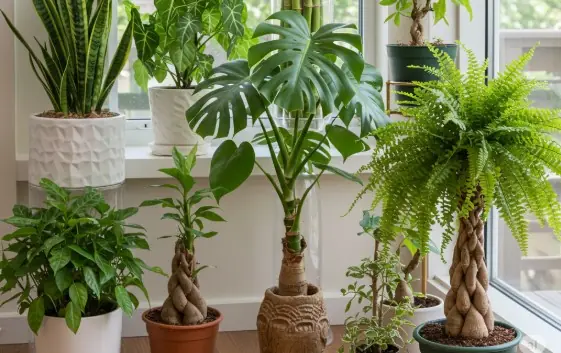
Discover houseplants that require minimal sunlight and are perfect for darker corners, offices, or rooms with limited natural light.
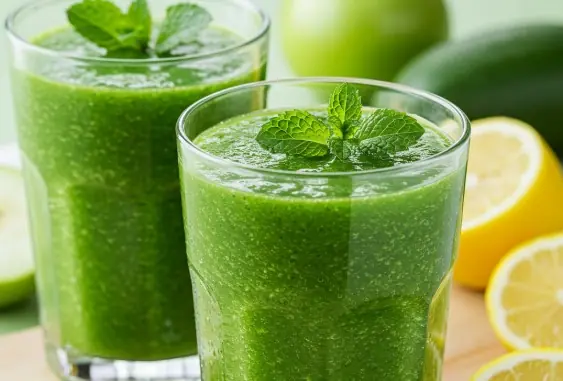
Incorporating greens into your diet is easier and tastier than ever with these vibrant and healthy smoothie recipes.
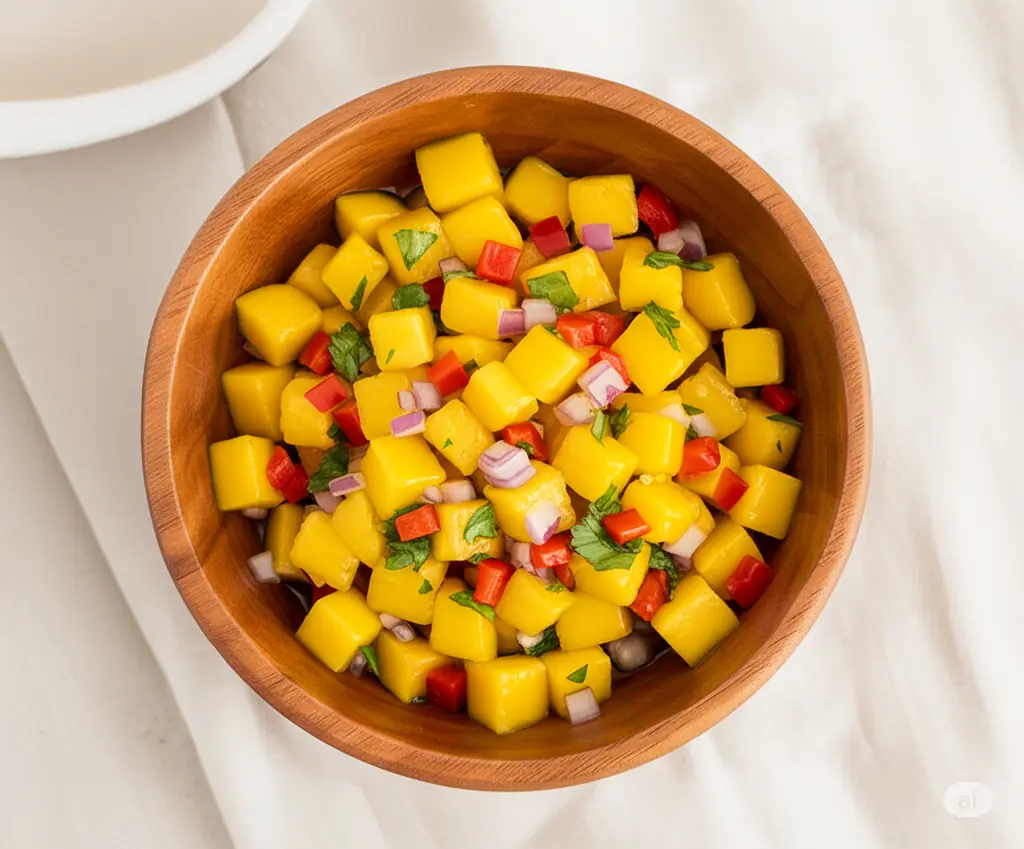
Salsa is a versatile and delicious dip that adds freshness and zest to many dishes, perfect for every occasion.

Keep your mind sharp and your spirits high with these delicious and healthy beverages.
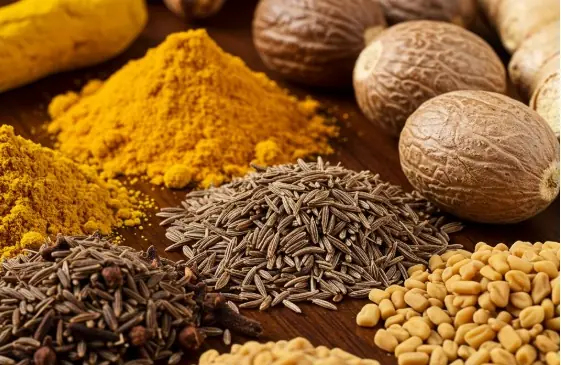
Discover simple ways to heal your body using everyday spices found right in your kitchen.

Discover how a simple homemade ginger water can boost your health naturally and enhance your beauty.

Taking care of a dog means staying vigilant about their health — here’s a comprehensive checklist to help you monitor your dog’s well-being regularly.

Pasta dishes are loved worldwide, and the sauce makes all the difference. Here are 10 popular pasta sauces and tips on what types of pasta, ingredients, and wines pair best with each.
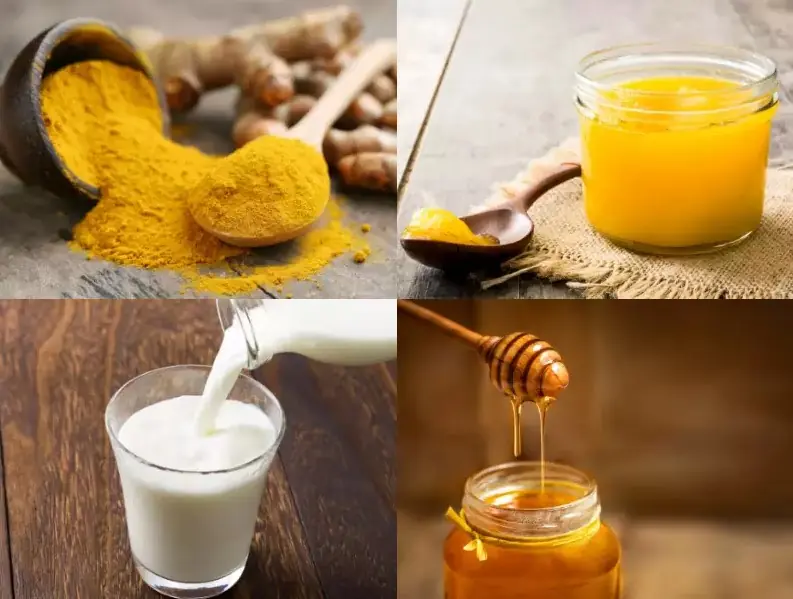
Food adulteration is widespread, but with simple home tests, you can easily detect common adulterants in your food and ensure what you're consuming is safe.

Liver health is crucial to overall well-being, and several herbs may help support and protect the liver. Here are the 10 most effective herbs for liver health, along with the necessary precautions.

Even with just 10 minutes to spare, you can tackle a variety of cleaning tasks that will make your home look fresh and tidy. Here are 10 things you can clean in 10 minutes or less!
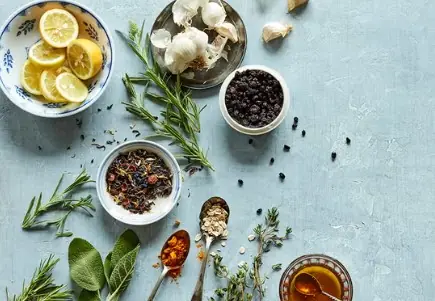
From turmeric to magnesium, explore 9 home remedies that are supported by scientific research, offering natural solutions to common ailments like pain, inflammation, and digestion issues.
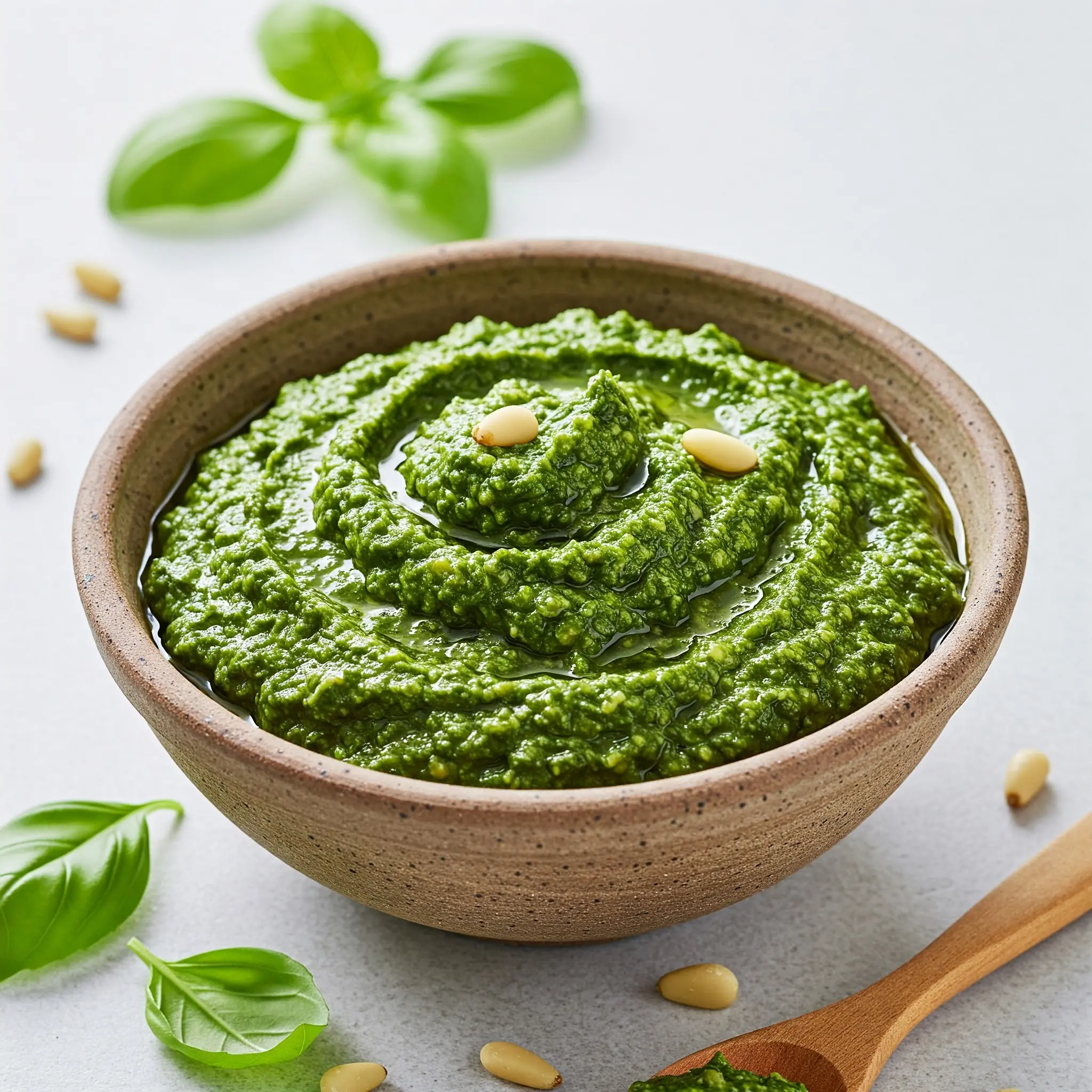
Pesto is a versatile and flavorful sauce that adds a fresh touch to any dish. Here are 6 easy-to-make pesto recipes, each offering a unique twist on the classic.

A balanced diet is key to maintaining optimal health. Learn how specific foods support the health of various organs and systems, from your heart to your hair.

Craving a quick dessert? Mug cakes are the perfect solution for satisfying your sweet tooth in minutes, with these 7 easy-to-make recipes that deliver amazing results.

Good sleep is essential for maintaining physical and mental health.



A mother’s simple moment capturing her son’s smile turns into a heartbre@king revelation of abu$e. Discover her journey to protect her child and find strength in the face of fe@r.

This nourishing hair mask combining almond oil, mustard oil, and fenugreek seed powder offers a holistic approach to hair care.

A simple fishing trip uncovers a hidden family secret that changes everything. One father-son moment leads to a life-altering truth about love, loss, and forgiveness.
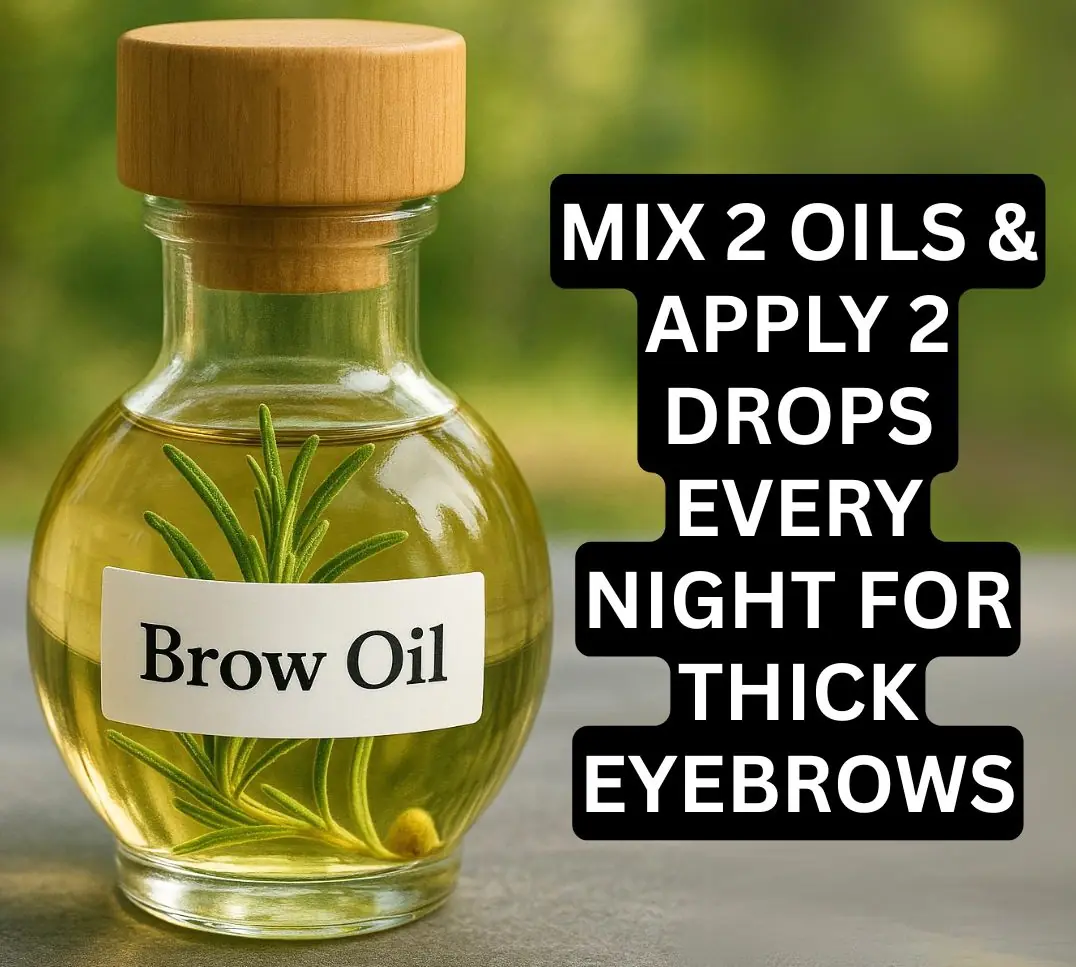
Natural remedies like castor oil, fenugreek, and flaxseed gel provide safe, nourishing options to regrow fuller, thicker eyebrows without chemicals or expensive serums.

On my wedding day, my mother-in-law tried to ste@l the spotlight by sitting between me and my husband. What happened next changed everything—and taught her a lesson she’ll never forget.

With these five easy DIY recipes, you can transform your skincare routine, revealing glowing, youthful skin without harsh chemicals.

On my eighteenth birthday, a package from the mother who left me and my dad revealed a painful past, a legacy of love, and a path toward forgiveness I never expected.
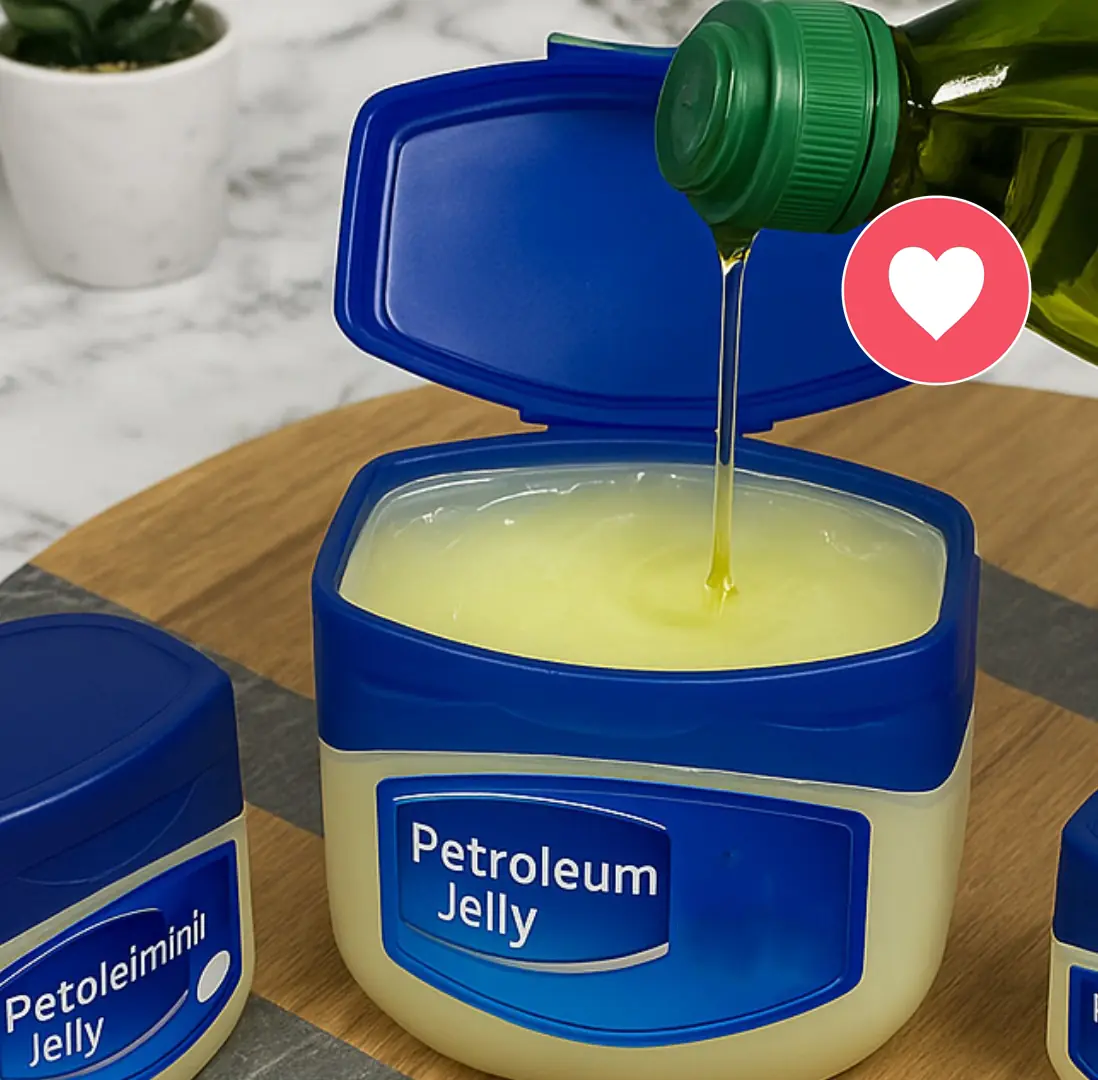
This DIY Vaseline and olive oil skin treatment, enhanced with the brightening powers of orange juice and apple cider vinegar, offers a holistic approach to nourishing and rejuvenating your skin naturally.

Growing up on a farm felt like a secret I had to hide—until I learned that owning my roots was my greatest strength.

Rooted in ancient Ayurvedic wisdom and supported by modern science, these simple DIY treatments nurture your scalp, stimulate growth, and restore your hair’s natural beauty without harmful chemicals.

One year after losing my son, I visited his grave—and what I learned about my daughter-in-law’s fate sh0cked me to my core. This is a story of grief, betrayal, and uncovering the truth.

Living under the same roof as my future mother-in-law meant paying rent and enduring sabotage—but it was all worth it for the sake of love, family, and a new beginning.

By incorporating potato slices combined with other natural ingredients like turmeric, honey, cucumber juice, and kaolin clay into your skincare routine, you can harness the power of nature for radiant, clearer skin.

With this 3-step natural rice water treatment, you can tighten, tone, and transform your skin texture at home - gently, affordably, and effectively.

Learn how syncing your vitamin intake with meals and your daily schedule can improve nutrient absorption and boost your health

Discover houseplants that require minimal sunlight and are perfect for darker corners, offices, or rooms with limited natural light.

Nourishing the scalp, strengthening strands, and stimulating growth, this DIY hair mask supports thicker, shinier, and more manageable hair naturally.

Incorporating greens into your diet is easier and tastier than ever with these vibrant and healthy smoothie recipes.

Salsa is a versatile and delicious dip that adds freshness and zest to many dishes, perfect for every occasion.